Ten years ago on December 26 the third largest earthquake in recorded history created a lethal tsunami that tore through Asia leaving behind an estimated 280,000 dead. It also reached far into the future by destroying coral reefs that are the ‘bread-basket’ of nearly 200 million people in this part of the world. Now artificial reef construction is turning the tide.
My first blog with Epoch Times was August 3rd last year when I reported on the exciting work being done at Langkawi’s Andaman Resort. Titled “We’re Building a Reef for Our Children” the Epoch Times blog tracked the progress of the resort’s investigation into coral reef damage and their environmentally responsible response.
First, they initiated a “coral clearing” program in which staff and guests clear away dead coral from among the still living colonies. This prevents further damage from tumbling coral boulders during times of heavy wave action. Using just their bare hands and wheelbarrows, hundreds of enthusiastic volunteers have already removed about 100 tonnes of rock greatly improving the chances of survival for the live colonies.
Secondly, the Resort owners financed the building of a Coral Nursery. This swimming pool-sized saltwater reef is capable of producing several thousand small corals each year using ‘cuttings’ taken from the wild. It has also proven to be a wonderful education center where people can view marine life and kids can be a “marine biologist” for a day and really get their hands dirty ‘saving the environment’. When the little nursery corals were tough enough they were to be re-located to the Andaman Reef into small coral gardens.
The plan was to grow corals in the nursery but surprisingly the nursery has been growing lots of young marine biologists as well. Now, by putting the young guests together with a little concrete and 100 tons of recyclable coral rubble, the kids are taking reef regeneration to the next level. They are creating “mini artificial reef modules” that provide much needed shelter for young fish.
Prior to the tsunami the spectacular shallow water corals offered shelter to thousands of recruiting juvenile fish. With the loss of many of the corals there is literally ‘no place to hide’. Observation proves that the kids’ “mini artificial reefs” are a great success. They are occupied by fish and crabs within days and now we are finding squid eggs fastened to the interiors.
The coral nursery had been fastening farmed corals to concrete bricks but now they adorn the recycled coral rubble used in the “mini artificial reefs”. The young guests are showing us the way to gain maximum environmental success with a minimum of resources.
Initially a children’s activity, it is now open to “kids of all ages” and has proven very popular. This month, the Andaman Resort in Langkawi will be host to 60 industry leaders in commercial fish farming. As part of their company’s CSR Program (Community and Social Responsibility) they will be getting into another business; the business of building “mini-artificial reefs” and competing with the kids.
Their program will include building the “mini artificial reef modules”, fastening the nursery corals to their surfaces, and then floating them out onto the reef and placing them on the bottom.
So why all the effort?
Coral reefs comprise the most diverse ecosystems on Earth but are now threatened with destruction. They occupy just over 0.15% of the world’s oceans, yet incredibly they provide a home for an estimated 25% of all marine species. They really are the “engine room” of the sea and their loss will cripple the marine environment on a global scale.
More than 6 million tons of fish are taken each year from the world’s coral reefs and most of this stays in protein-poor countries. Langkawi’s community is largely dependent on local fisheries for protein and the next generation needs the Andaman Reef.
The global economic value of these tiny coral reefs is staggering, estimated at $30 billion annually. According to the WWF, the economic cost over a 25 year period of destroying one kilometre of coral reef is somewhere between $137,000 and $1,200,000. Conversely, the economic benefit of rebuilding one kilometre of reef is the same.
Recent surveys show that 10% of the world’s coral reefs are already dead. It is estimated that another 60% of the world’s reefs are at risk due to destructive, human-related activities. Man’s threat to the health of reefs is particularly strong in Southeast Asia, where an appalling 80% of reefs are now endangered.
In the face of all this gloom the Andaman Reef story is heartening in that a small Resort and its guests are taking on the responsibility of doing something positive toward environmental rehabilitation in the sea. Doing something small but highly visible in Langkawi helps to focus attention on the plight of reefs around the world. Guests at the Andaman Resort really are saving the world one artificial reef at a time.
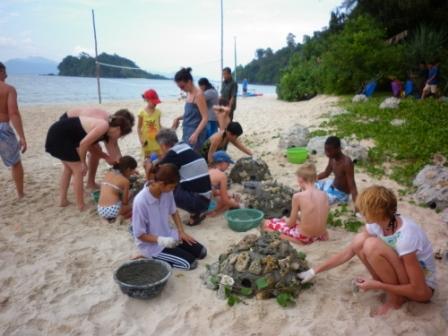

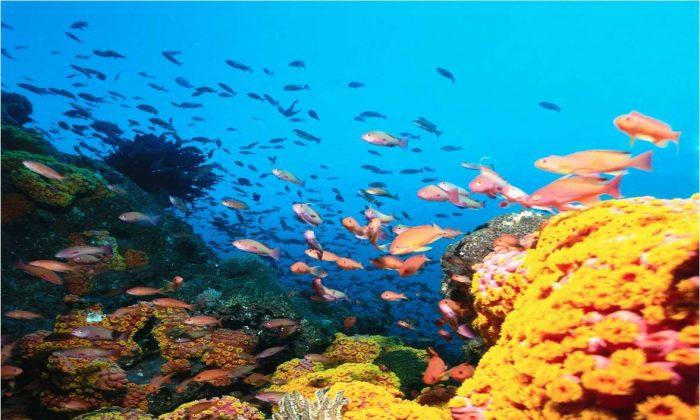
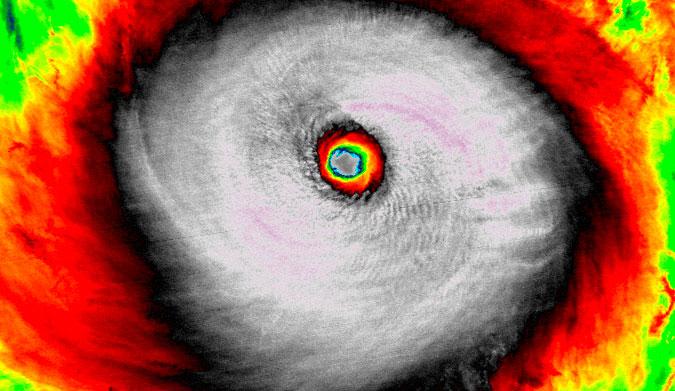
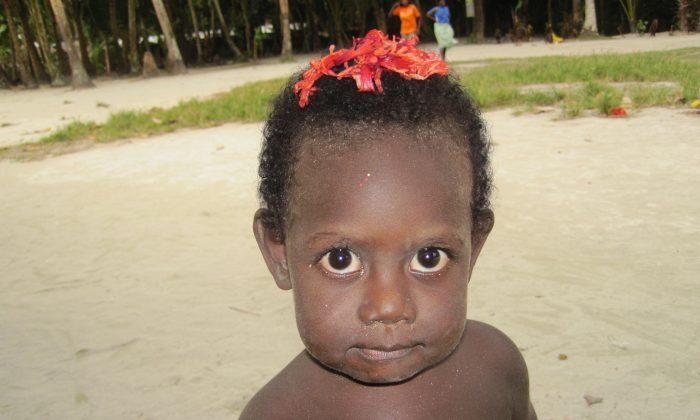
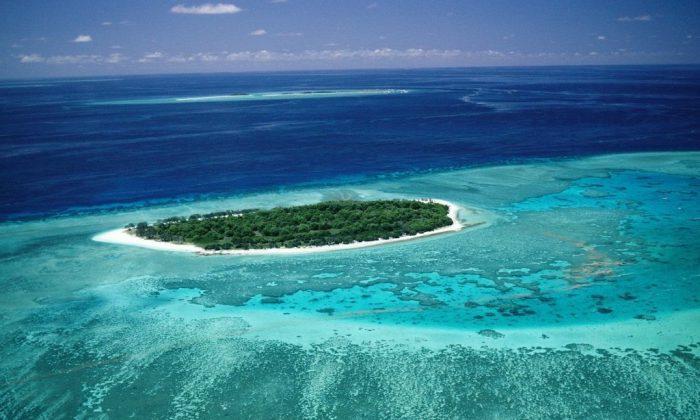
Friends Read Free